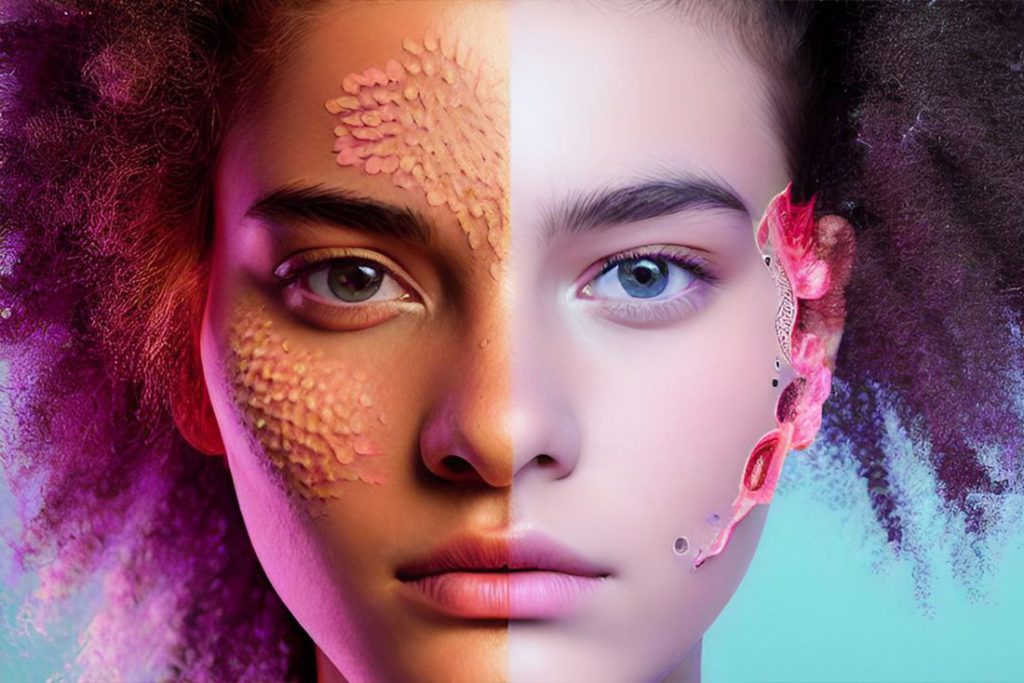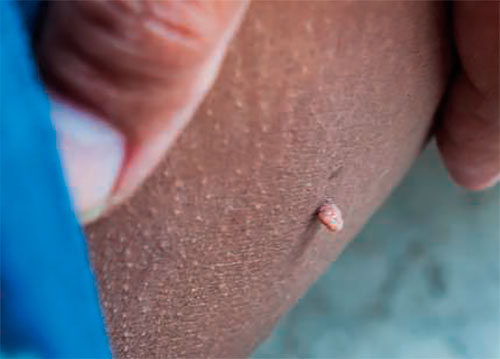Understanding Skin Hypertrophies in the Practice of Cosmetology: An In-depth Analysis
Skin hypertrophies refer to abnormal growths or enlargements of the skin. As a cosmetologist, it’s crucial to recognize these conditions and know when to refer clients to medical professionals for further diagnosis and treatment. This comprehensive guide will provide an in-depth understanding of skin hypertrophies often encountered in the field of cosmetology.

Skin Hypertrophies
What Are Skin Hypertrophies?
The term hypertrophy, in medical parlance, implies an enlargement or overgrowth of an organ or tissue. When this happens to the skin, we term it a ‘skin hypertrophy.’ These hypertrophies can manifest as thickened patches, moles, skin tags, or even some skin diseases. Importantly, many skin hypertrophies are benign or harmless, but that does not mean they should be ignored. Any change or development of a skin hypertrophy warrants attention.
Recognizing Different Types of Skin Hypertrophies
Keratomas and Calluses
Keratomas are acquired superficial thickened patches of the epidermis. In simpler terms, they represent areas where the skin has hardened. A familiar type of keratoma is a callus, caused by repetitive pressure or friction on a particular skin area. You’ll frequently find calluses on the hands and feet, especially on the soles. Corns are another variant of keratoma that form on pressure points of the foot.
Moles
Moles are small spots or blemishes on the skin. They present a wide range of colors, from pale tan to bluish-black. Some moles are flat, like freckles, while others are raised and darker. Larger, dark hairs can sprout from moles. A crucial point to note is that any change in a mole – be it in size, color, or shape – requires immediate medical attention.
Skin Tags
Skin tags are small, brown, or flesh-colored outgrowths. They are most commonly found on the neck and chest. Although they can appear unsightly, they are typically harmless and can be easily removed by a dermatologist.

Psoriasis
Psoriasis is a skin disease marked by red patches covered with silver-white scales. Commonly found on the scalp, elbows, knees, chest, and lower back, this condition is not contagious. However, psoriasis requires medical referral for treatment and management. While it is not curable, treatments can help control symptoms.

Verrucas or Warts
Verrucas, commonly known as warts, are hypertrophies of the papillae and epidermis caused by a virus. They are infectious and can spread from one location to another, particularly along a scratch in the skin. Dermatologists can safely remove warts and reduce their recurrence.

Important Points for Cosmetologists
As a cosmetologist, it’s crucial to understand that moles should not be treated or removed in a non-medical setting. This extends to removing hair from moles. This could irritate the mole or cause a structural change, and only a physician should perform such procedures.
Being equipped with the knowledge about common skin hypertrophies is an essential part of a cosmetologist’s toolkit. It not only allows you to serve your clients better but also enables you to identify potential health risks that require medical attention. Therefore, every cosmetologist should have a solid understanding of these conditions and how to appropriately handle them in practice.






